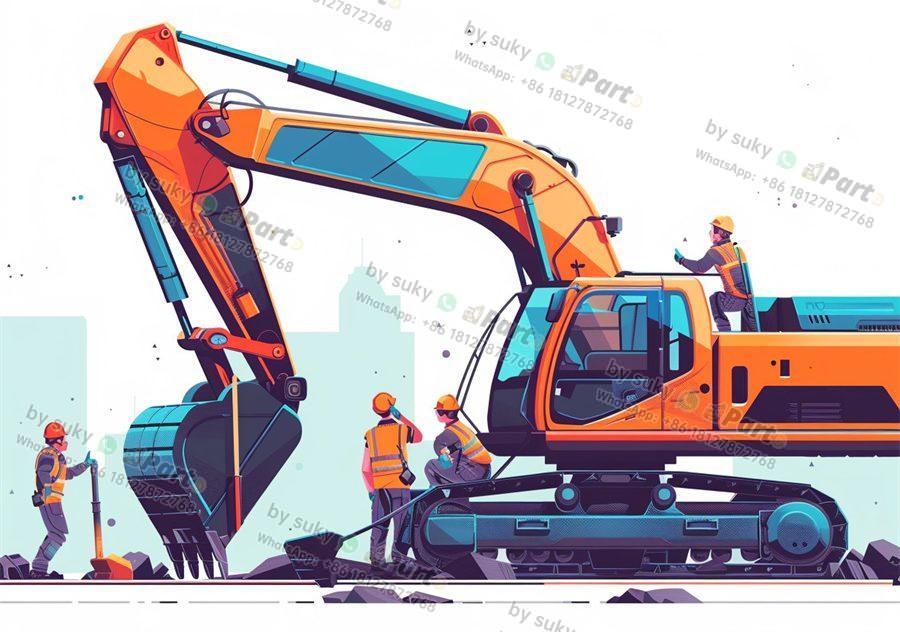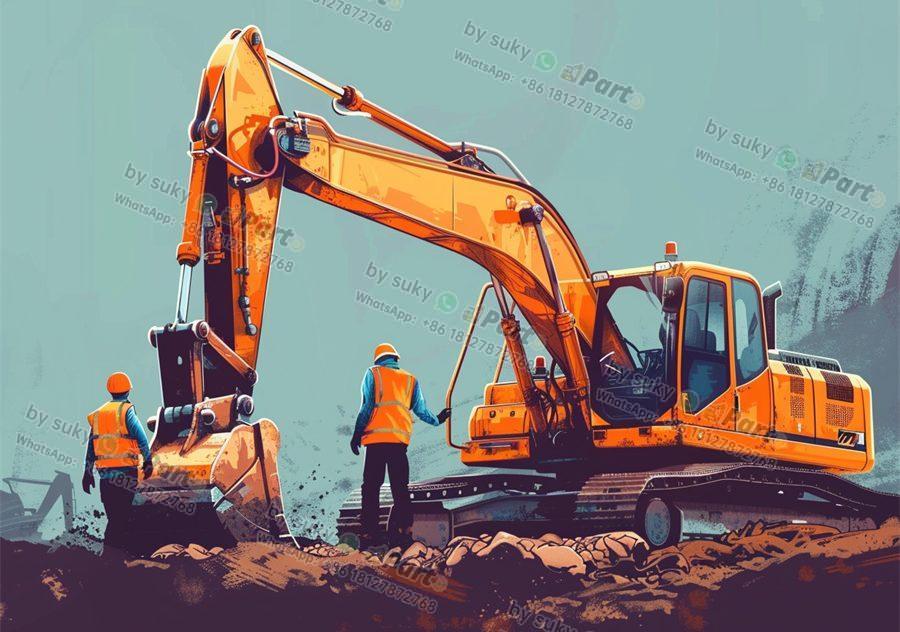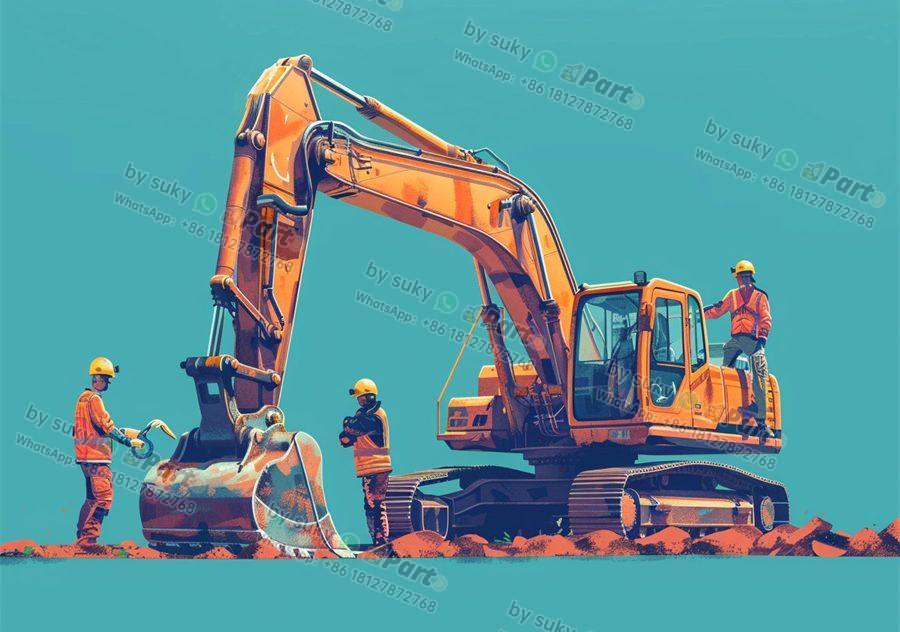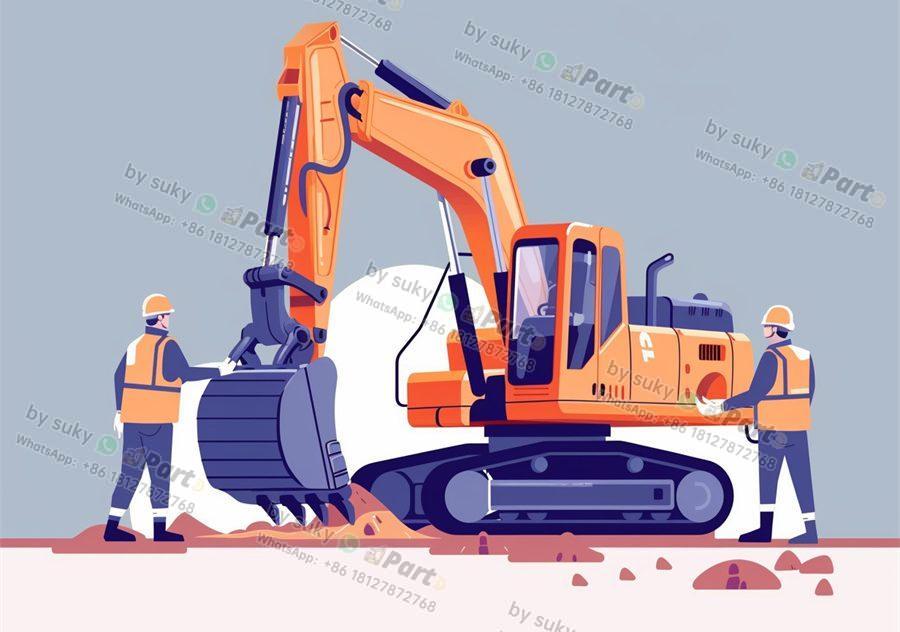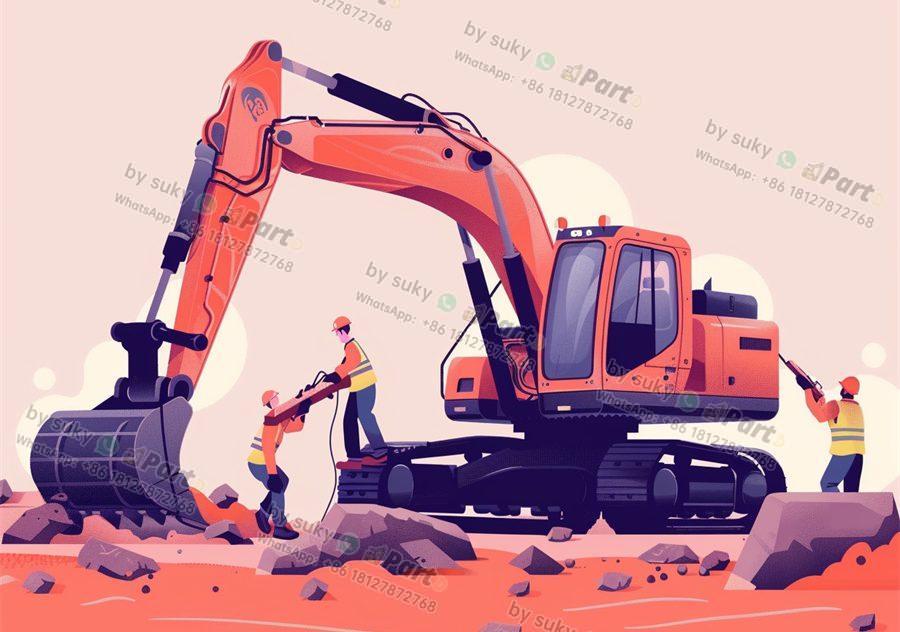Installing an electric oil pressure gauge is a crucial task for anyone working with engineering vehicles and their parts. Whether you are an importer or distributor of these parts, having a functioning oil pressure gauge is essential for monitoring the health of the engine. In this article, we will guide you through the steps to properly install an electric oil pressure gauge.
1. Gather Your Tools and Materials
Before you begin the installation process, make sure you have all the necessary tools and materials on hand. You will need an electric oil pressure gauge kit, a mounting bracket, wires, connectors, electrical tape, a drill, and a wrench. It’s important to read the instructions that come with your gauge kit to ensure you have everything you need.
2. Locate the Oil Pressure Sender
The first step in the installation process is to locate the oil pressure sender on your engine. This sender is usually located near the oil filter or on the engine block itself. Once you have found the sender, disconnect the negative terminal from the battery to prevent any electrical accidents.
3. Install the Oil Pressure Gauge
Next, you will need to mount the oil pressure gauge in a convenient location within the vehicle. Choose a spot that is easily visible to the driver but doesn’t obstruct their view. Use the mounting bracket and screws provided in your kit to secure the gauge in place.
4. Connect the Wires
After the gauge is securely mounted, it’s time to connect the wires. Strip the ends of the wires and connect them to the appropriate terminals on the oil pressure sender and gauge. Use connectors and electrical tape to secure the connections and prevent any potential short circuits.
5. Test the Gauge
Once all the connections are securely in place, reattach the negative terminal to the battery and start the engine. Let it run for a few minutes while keeping an eye on the oil pressure gauge to ensure it is functioning properly. Check for any leaks or loose connections and make adjustments as needed.
In conclusion, installing an electric oil pressure gauge is a relatively simple task that can greatly benefit anyone working with engineering vehicles. By following the steps outlined in this article and ensuring proper installation, you can effectively monitor the health of your engine and prevent any potential issues. Remember to always consult the instructions provided with your gauge kit and seek professional help if needed.

